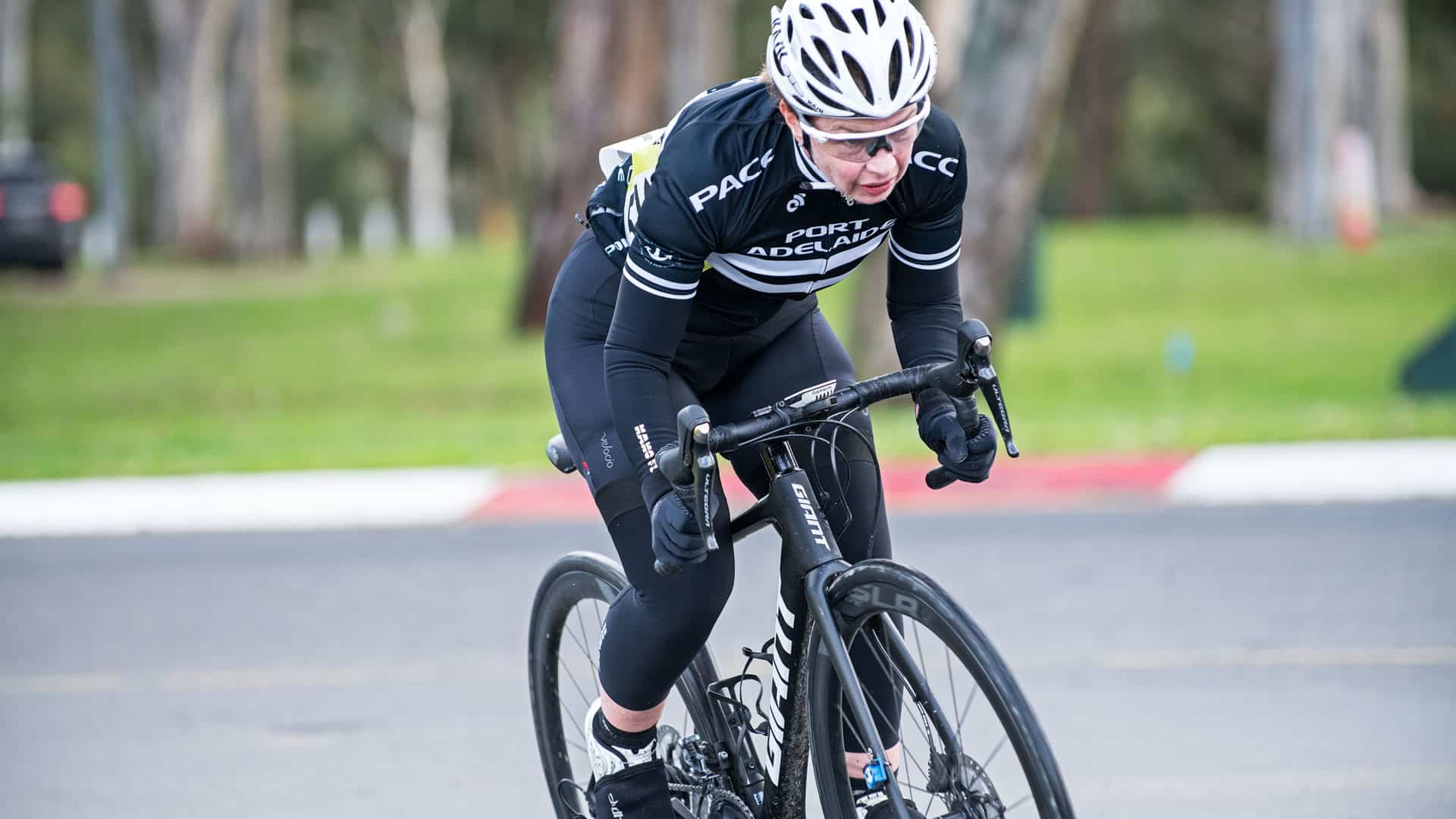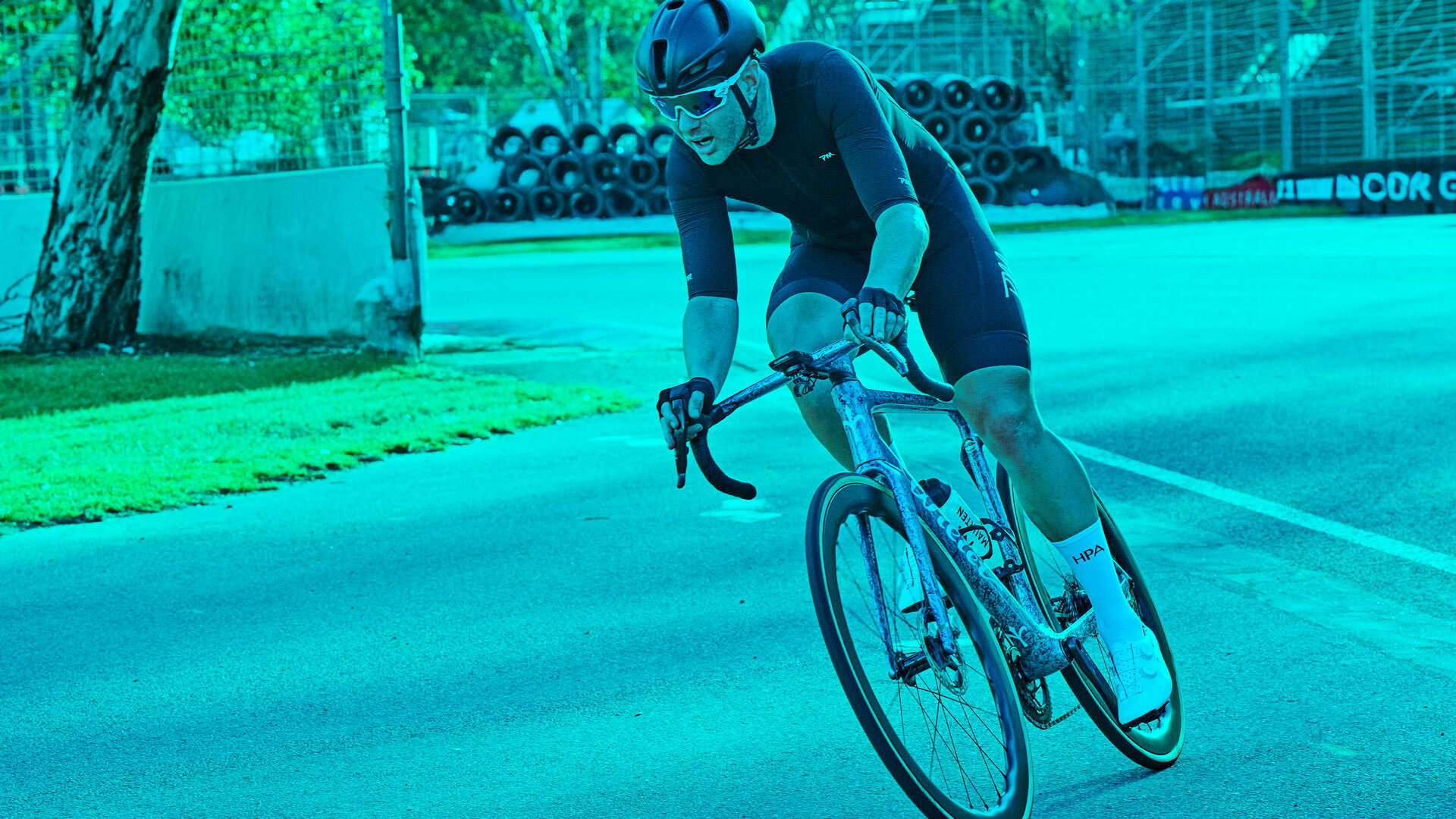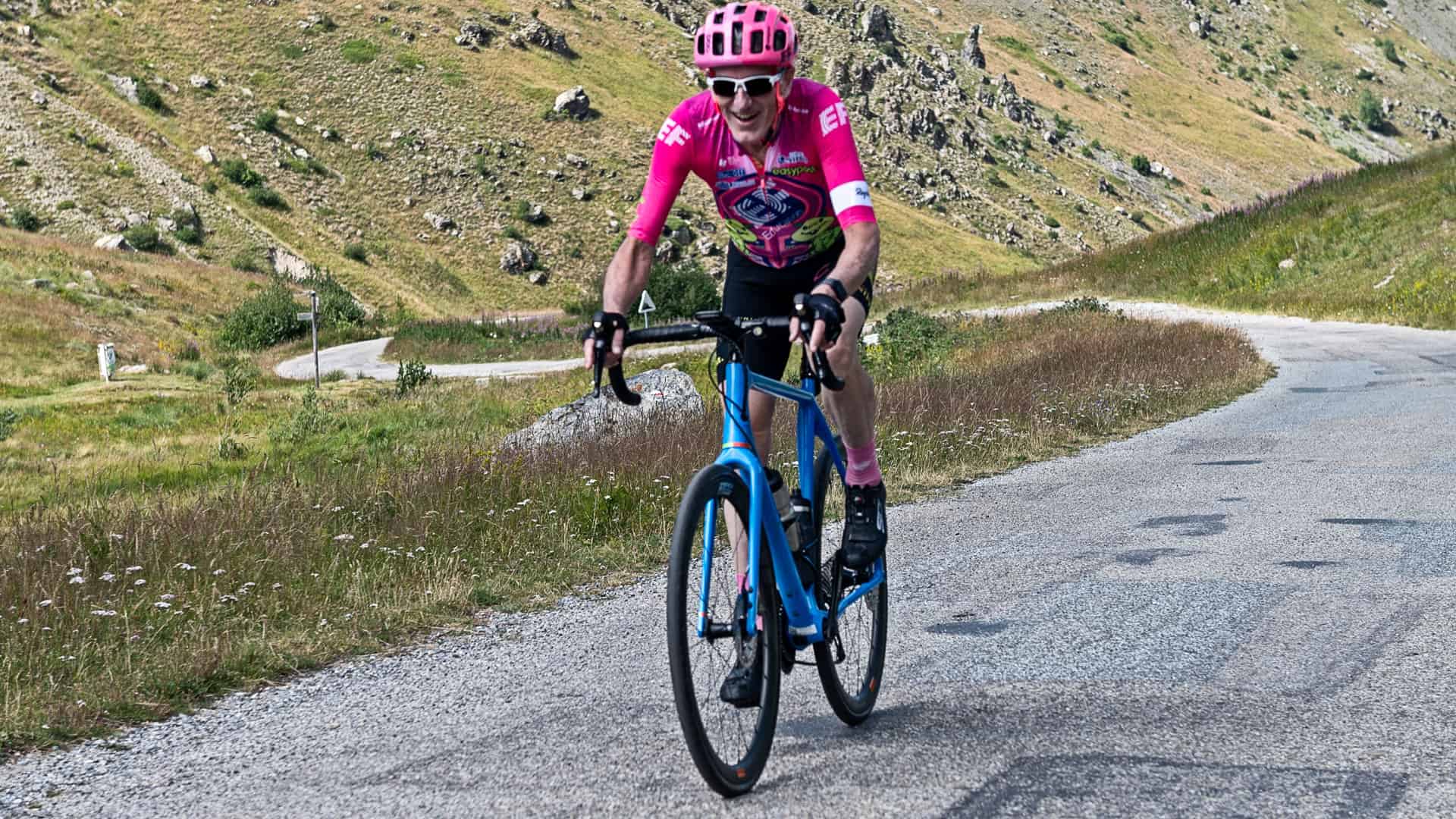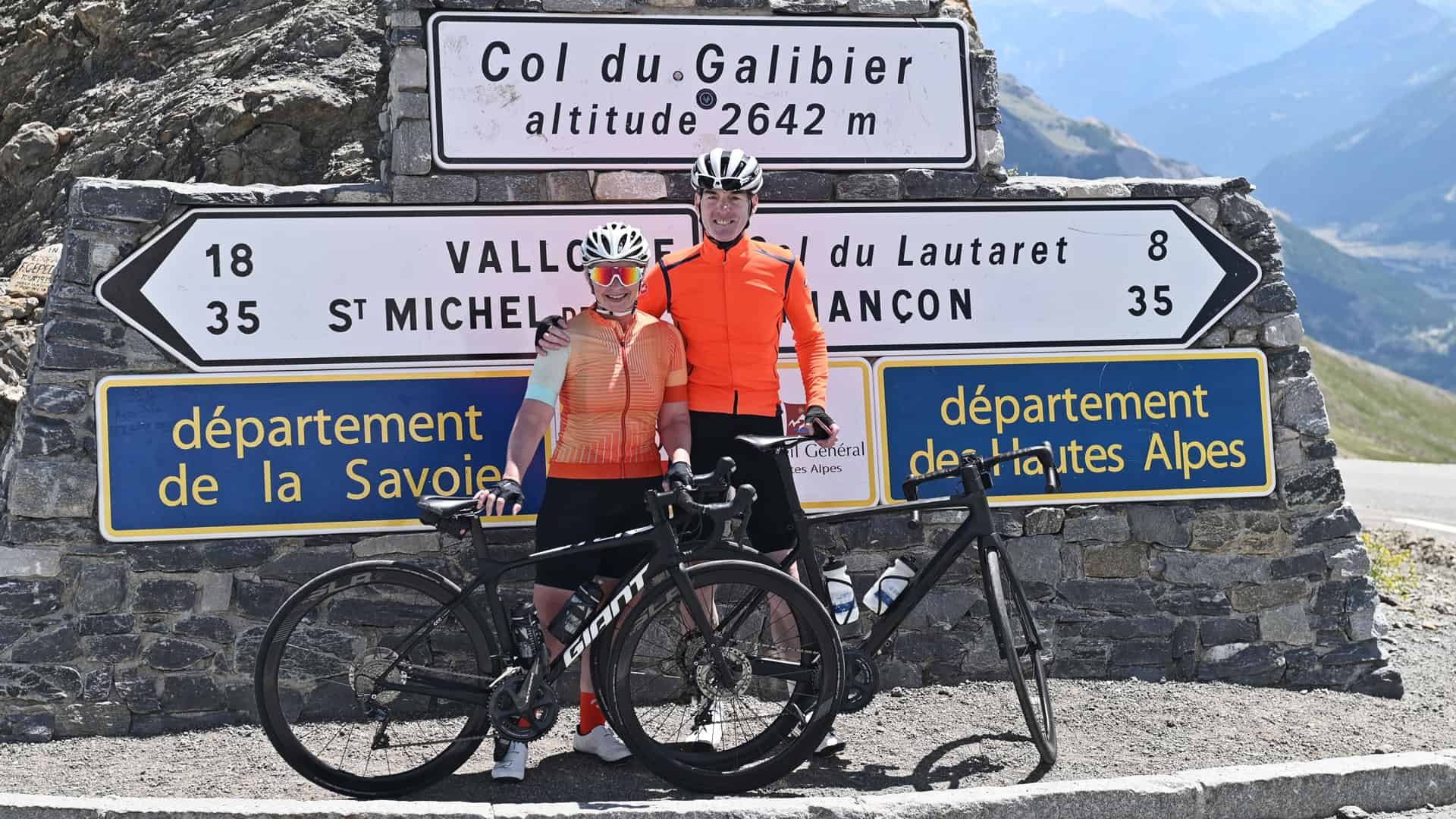In this video we cover off: – Nutrition – What To Eat When You Are Out Training and Racing, Hill Climbing Faster – Introducing Our New 12 Week Hill Climbing Program and a Tip on Training Juniors…
In this video we cover:
00:18 – Nutrition – What To Eat When You Are Out Training and Racing,
03:53 – Hill Climbing Faster – Introducing Our New 12 Week Hill Climbing Program
04:54 – A tip on Training Juniors
Video Transcript:
Hi, welcome to Cycling-Informs weekly tips. My name is David Heatley and this is what we are going to be covering off; what to eat when you are out training and racing; how to get up hills fast; and a few tips on track cycling for kids.
Dont forget to follow us on Twitter and like us on Facebook.
Lynns asked the question, Can you tell us about what we should be eating in our racing and training rides and is carbs per kilo weight important? Now look, theres a lot too in nutrition and Ill just cover off a couple of the most important points. The first one is that you want to wean yourself off high GI carbohydrates on to low GI carbohydrates for generally most of the time when you are not on the bike. That means things like brown rice, porridge, and Muesli, and brown bread as your sources for low GI carbohydrates off the bike.
For rides anything shorter than two hours, generally I recommend that you go out riding these on an empty stomach. Its important to understand that when you do go out for these rides and theyre new to you, that you take some food with you, so if you do start feeling hungry that youve got something to eat when you get out there. The idea is to wean yourself off eating anything substantial before an during those rides that are less than two hours to work on your metabolic efficiency.
Metabolic efficiency is all about conserving energy. When you are riding a bike, youre burning a combination of fat and carbohydrate to fuel you and as the intensity increases, you burn a higher ratio of carbohydrate to fat. The idea of becoming more metabolically efficient is to burn a higher degree of fat at higher intensities than you were doing previously. This makes you more efficient. It means that you dont rely so much on having to consume a lot of carbohydrate when you are out on the road.
So the technique that I described around metabolic efficiency, where you go out for a ride thats less than two hours on an empty stomach is one of the main ways that we do this. The intensity when you are doing these rides needs to be fairly high. You want to be riding an E3 or VO2MAX Max when you are doing these rides. When you get to the end of these rides, you want to eat a low GI carbohydrate.
For rides longer than two hours I recommend that people run the 30 to 60 grams of carbohydrate per hour. Im too worried about how you make up this 30 to 60 grams of carbohydrate. Everybodys nutritional needs are quite particular and its important to work out what works for you. I would experiment with sports drinks, Muesli bars, gels, chocolate bars, bananas, or whatever else that takes your fancy that you can take on the bike thats portable thats fairly carbohydrate dense.
When you are racing, its a little bit of a different story because you are riding at a higher intensity than you would normally on a long, slow endurance ride. You need to run a little bit of a different formula. This formula is based on your weight. The formula is one gram of carbohydrate to one kilogram of body weight per hour. If you weight 60 kilograms then you want to consume 60 grams of carbohydrate per hour. If you weigh 80 kilograms then you want to consume 80 grams of carbohydrate per hour.
Those are the two formulas that we run out for nutrition for when you are training and racing. Its important to practice your racing nutrition when you are out training close to the event. That way you get your body used to that nutritional strategy so that on race day, theres no surprises.
Tina has asked me the question, “How do I climb hills faster”. I get asked this question a lot and the first thing I say to people is that you want to lose a little bit of weight if you have the opportunity to do that. We work it out to be between three and five watts per kilograms. If you lose a couple of kilograms youll find that youll naturally be climbing hills faster, without actually improving your fitness.
We just put together this 12-week hill climber-training program. This is a six-disc pack. Its got three indoor training workouts, and its got a 12-week program, and its got the Matt Brindle Functional Strength Training: Beginner program one, Beginner program two and it mobilizes. Its a complete package and it also includes training out on the road. This program has been based on a very successful coaching program and we generally find that people that are on this program or follow it usually see an performance improvement within around about four weeks. If you do get the opportunity, please check it out on our web store. http://www.cycling-inform.com/store/products/Hill-Climber-12-Week-CycleTraining-Program.html
Jacques Robins asked the question, Track cycling for kids? Whats the best gearing, and recommended RPM, and some training tips? The first thing I recommend is that a lot of clubs in Australia run junior development programs. If you have the opportunity, do get yourself enrolled in some of these programs. To answer your question around gearing and recommended RPM – with juniors – depending on the age of the junior the gearing is obviously going to change. As the junior matures, the gearing is going to get harder. But what you want to do is you want to keep the cadence up high and this is really critical for a couple of reasons. One is obviously junior cyclists are developing so you dont want to load them up early and there are gear restrictions anyway that limit the maximum gear that these riders, these junior riders can ride.
The other thing is because of the restrictions in gears the only way to be successful in these junior events is to be able to spin or ride at really high cadences. Its not uncommon for juniors to be riding up 120, 130, 140, 150, 160 RPM during their events. Im not saying that you should go out and put a junior on a bike and say, Right, start off riding at 160 RPM. What I am saying is that you need to develop that high cadence riding over time.
Now I hope youve enjoyed these cycling tips. My name is David Heatley from Cycling-Inform.





Leave A Comment